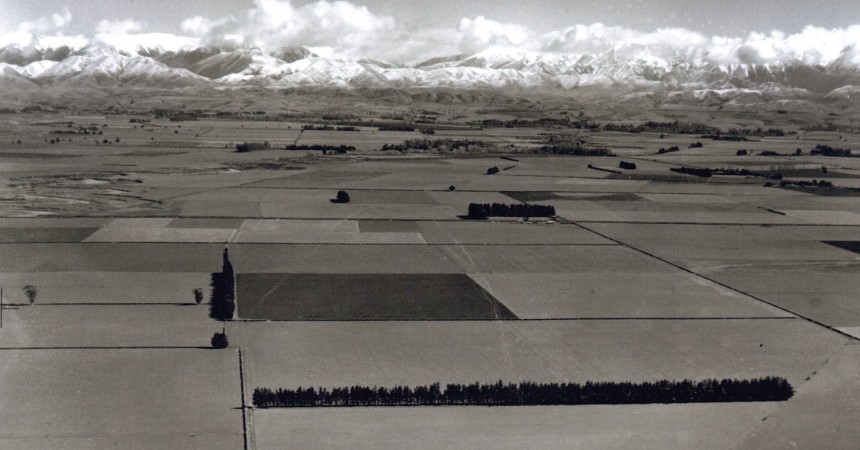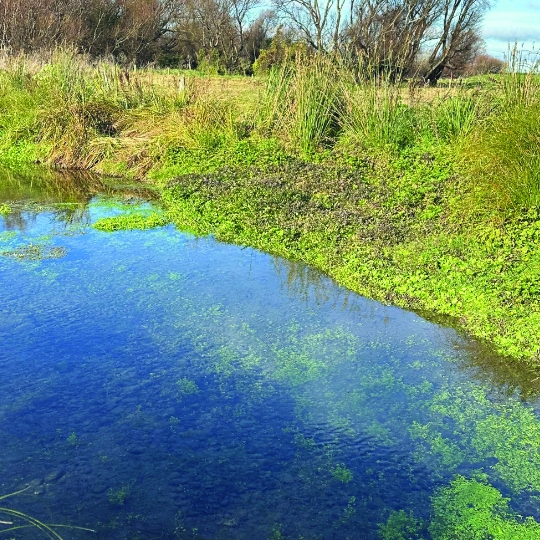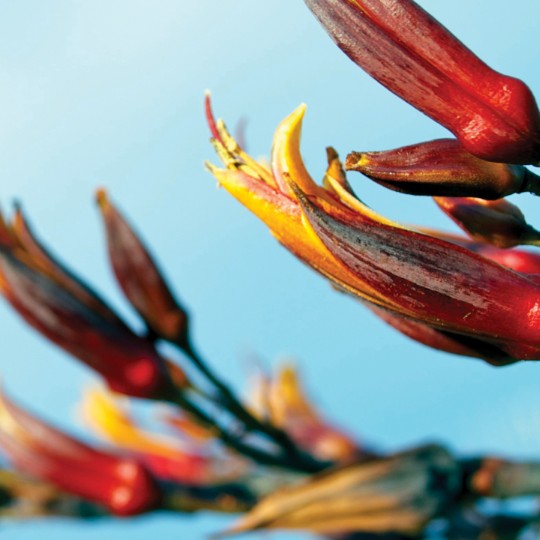

Essendon Farm.
Paul and Ann Jarman have an incredible story – one that’s interwoven not only over five generations of farming but that includes two world wars and one common thread – a lack of sustainable water.
Paul’s great-great grandfather James Gough came to New Zealand in 1860 and three years later he paid £200 for a licence to occupy 100 acres in the Greendale area, near Darfield. That land, now known as Essendon Farm, is part of the 400 hectares Paul and Ann farm 161 years later.
In the very early days, there was not enough water for stock, so until the 1880’s, wheat was grown. However, things changed dramatically with the arrival of water races – which coincided with the development of refrigeration – a game changer not only for Essendon Farm but for all of Canterbury enabling the opening up of UK markets for Canterbury export lamb.
Past Generations.
In 1884 Gough’s daughter Annie married Thomas Jarman and the couple had eight children.
When Britain declared war on Germany on 4 August, 1914, New Zealand immediately committed to sending 220,000 troops to the First World War.
Among them were Frank, Harry (Ness) and James (Bert) Jarman. Frank and Ness both died fighting and Bert was discharged after contracting malaria fighting in Palestine. Bert passed away in 1922.
From his time in the Jordan Valley, Bert learned to fully understand the importance shade plays in the environment. Post-war and back on the farm Bert began planting a network of shelter trees – an antipodean with the reality of windy plains. Serving as a floral fingerprint of the lands from which the idea was derived, many of Bert’s original hedgerows remain on the property. They don’t just provide shelter, but also food and travel corridors for wildlife – we’re talking birds, insects, and mammals. The severe Nor’West gale of 1975 further demonstrated the necessity of increased shelter, invaluable for soil conservation and efficient irrigation.
Early Adopters.
The Canterbury Plains have never been an easy area for farming. The hot, dry weather provides the necessary conditions for arable farming, but it also presents many challenges including agricultural drought conditions.
The first water from CPWL was delivered to the gate of Essendon Farm on 1 September 2018. Not only were Paul and Ann early adopters, but they are also proud advocates of CPWL. Paul says “It was heartbreaking year after year to see all your hard work going nowhere – with droughts and dry months leading to crops withering in November. Improving water on the farm has been a lifeline”.
“We signed up for CPWL in our 40s and the water arrived in our 60s, the change has been a wonderful thing; our family has been farming since 1863 and that is a lot of heritage to be guardians of. We understand that sometimes we have to make big decisions, not just for us but for future generations. The decision to join the scheme delivered certainty for those generations” says Ann.
With the promise of water security, Paul and Ann converted from sheep and cropping to dairy in 2013.
Sustainable Agricultural Practises.
The goal of moving towards more sustainable farming practices took a significant step forward with a trip to the UK in 1998 to study the Linking Environment and Farming (LEAF) programme, aligning perfectly with Paul and Ann’s longterm vision for the farm. LEAF is a charitable Trust working towards environmentally sensitive methods of farming, using the best of traditional methods and modern technology.
“Research, innovation and their grassroots on-farm applications, are the cornerstones of LEAF. Through our involvement we developed new ways of thinking and technologies around more sustainable production. Translating what we learnt through the various modules played a big part in driving more sustainable and resilient farming systems” adds Paul.
On-Farm Practice.
Putting this into practice at Essendon Farm has required an emphasis on rotating crops and the adaption of no-tillage to establish most crops – and strip tillage for fodder beet. Feed barley crops are farmed with winter feed crops and pasture, in a rotation, on the dairy support block adjacent to the milking platform. And it’s paying off, the improvement of the soil’s organic matter content has gone from 4-5% to its current 7-8% since on-farm monitoring began, along with a huge 70% reduction in tractor fuel.
“Healthy soil with higher organic matter holds water like a sponge – teeming with living organisms, which in turn promotes healthy crops – those two things work hand in hand” explains Paul. Stubble burning is no longer used on the farm, rather, barley straw is baled and used for stock feed and dairy effluent is irrigated on part of the farm, replacing synthetic Nitrogen in that area.
Future Generations.
“Embracing diversity by planting a variety of crops can have many benefits, including maintaining animal health, welfare, and performance. Soil that is rich in organic matter improves pasture production and the carbon is sequestered on farm.”
“The journey we started in England in 1998 with LEAF, continues here today with our Farm Environment Plans. The farmers we saw there were protecting woodlands, fishing streams and wildlife habitats. Their efforts were recognised by a premium paid by their major customers.”
“In essence, the journey towards sustainability on Essendon Farm began long before us. We took a hint from the trees planted by my grandfather Bert, and we ran with the idea of leaving the land in a better place for our children and our grandchildren to give them the opportunity to continue as a family farm,” concluded Paul.





